The new blueprint for innovation
![{[downloads[language].preview]}](https://www.rolandberger.com/publications/publication_image/ta45_en_cover_download_preview.jpg)
The latest edition of Think:Act prepares us for innovation in 2025 and beyond while faced with constrained resources and uncertainty across the business landscape.
_background_none.png?v=1372397)

by Steffan Heuer
Illustrations by Clo'e Floirat
Tech entrepreneur Carlos Moreno has a catchy, sustainable idea for urban life: the "15-minute city." But is it an old idea whose time has finally come – or wishful thinking in a world dominated by the car?
Life is good for Carlos Moreno. His spacious apartment in a historic building in Paris' swanky 6th arrondissement offers views of the Seine and the Louvre. A cursory search on Google Maps reveals at least 20 restaurants and even more bars within a 15-minute walk, as well as a dozen or so medical centers, a handful of supermarkets and nine educational institutions, ranging from an elementary school to top universities, plus nine public libraries. Everything one needs, in short, is accessible by foot or bike. There are plenty of public transit options to get to a train station or the city's airports. And the Jardin des Tuileries offers manicured green space to relax and recharge. It's an urban idyll.
For Moreno, a Colombian-born academic who has spent the last 45 years in Paris, going about daily life with easy access to all the necessary services and amenities is more than a personal choice. It's his mission. He has become the evangelist of a concept for urban renewal he has deftly labeled "the 15-minute city," and thanks to growing concerns about climate change and the repercussions of Covid-19 on how humans work and play, Moreno has found a receptive audience around the world.
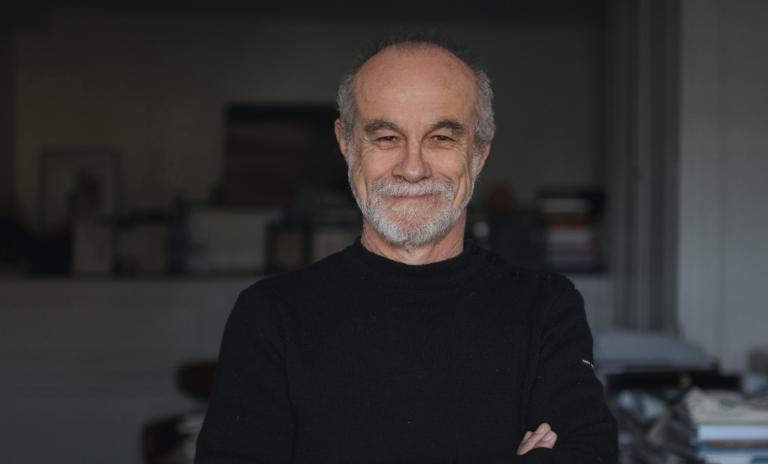
Pitching the 15-minute city as "a solution to saving our time and saving the planet," as his eponymous book promises, has made Moreno the darling of mayors, architects, urban planners and policymakers across the world. While he has collected prestigious awards and is busy addressing climate change conferences, conspiracy-mongers have denounced him as a shill for heavy-handed government control. "I'm not the first person to propose a more humanistic way of life for cities," Moreno says in an interview in his Parisian living room, which is stacked high with coffee table books about South American art and architecture with a few works of French poetry sprinkled in.
He has a quiet yet commanding presence, with close-cropped gray hair and matching beard, dressed in a black suit and dress shirt. He takes his espresso on this rainy Paris day black, too. "What has changed in the 21st century is that climate change has become the main question. It makes a big difference for imagining our cities. We live in a multipolar world with so many uncertainties, and I believe cities could become the essential resource for finding a more harmonious world. In order to face climate change, we need to use digital technologies and transform our lifestyle."
It doesn't take a media-savvy mayor to bring the 15-minute city to life.
Former journalist and newspaper executive Patrick Bernard has been investing his own savings to create a "three-minute village" in the 14th arrondissement of Paris. Launched in 2017, La République des Hyper Voisins engages residents with messaging groups, free events and eco-initiatives. Bernard wants to "create proximity through trust," starting with him holding court in a local restaurant almost every day to chat with his neighbors.
Bernard's idea is catching on. The city is supporting the Hyper Voisins financially and exploring how to scale the concept. And if that's not proof enough, US tech companies that purport to "connect" people have been calling, too, from Nextdoor to Facebook. Bernard, though, says he aims to keep it low-key and focused. "I am just a friend of the neighborhood. The 15-minute city needs three-minute neighborhoods, and lots of them."
What better expert to meld the two than Moreno, whose biography combines revolutionary zeal with a technocrat's cool calculations? His father, a farmer, was driven off his land during the political turmoil gripping South America in the 1970s and pushed into Cali, a rapidly urbanizing city. Moreno, one of seven children, discovered a penchant for math and physics in school. After dabbling in leftist student groups, he joined the Colombian urban guerrilla organization M-19 before fleeing the country aged 20. In 1979, he arrived in Paris and earned a PhD in mathematics and computer science.
"The real issues are climate change, social exclusion and poverty. And the center of gravity for all three is each one of our cities."
The young researcher quickly made a name for himself as an expert in the intelligent control of complex systems. "It would be called AI today, but back then it was referred to as expert systems and mechatronics," says Moreno. In 1998, his team became one of the first companies to be spun out of a French university under a new law to jump-start innovation. The startup, called Sinovia, leveraged Moreno's research to automate processes in French nuclear power plants and other critical infrastructure. "That's when I first turned toward cities to control their complex infrastructure, from street lighting and traffic lights to optimizing water and waste streams," Moreno recalls.
In 2010, the French multinational utilities company GDF Suez (today rebranded as Engie) snapped up the company and its staff to build out its smart city portfolio – the same year Moreno was made a knight of the Légion d'honneur. He stayed on for five years as scientific advisor to the top brass. "I agreed to this deal, but at heart I am a researcher, not an entrepreneur. I don't need to travel by jet and stay at luxury hotels. That wasn't my destiny."
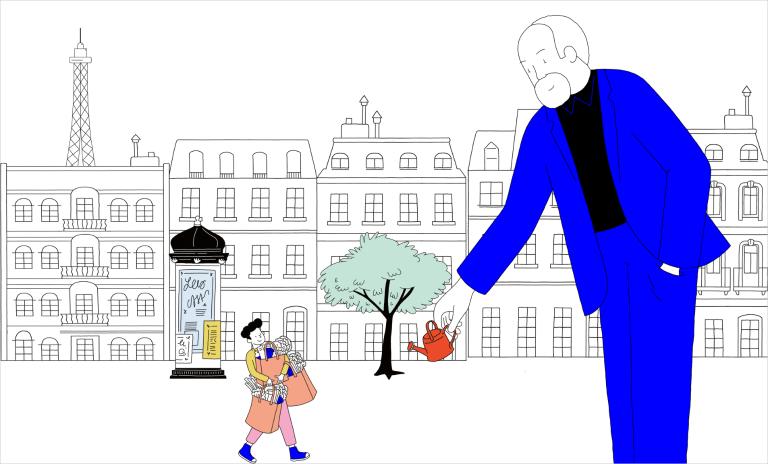
Freed from his corporate obligations, Moreno returned to the academic life at the Sorbonne in late 2015 and hit upon the next big thing beyond instrumenting cities with sensors and servers: putting it all into the global context of social justice. "All the big players, from Cisco to IBM, offered technological solutions to change the world, but it was a big failure," he says. His epiphany came when he read the 2017 book A World of Three Zeros by the Bangladeshi leader, economist and Nobel Peace Prize recipient Muhammad Yunus. "I suddenly understood that the real issues for humanity are climate change, social exclusion and poverty," Moreno explains. "And the center of gravity for all three is each one of our cities."
This insight became the germ for his vision of "crafting urban environments where life's essentials are moments away," as he writes in his book that was published in the spring of 2024 and has so far been translated into 10 languages. He envisions cities as spaces where "people meet and connect, share and create … a happy proximity, where accessibility and conviviality replace isolation and congestion." A key part of his reimagining urban life revolves around what he calls "chosen mobility," or getting around without a car. While Moreno was busy trying to underpin his vision with data and digital maps derived from three Paris neighborhoods, history and the politics of climate change came to his aid.
Freshly reelected Paris mayor Anne Hidalgo approached Moreno in the fall of 2018, he recounts, asking for his input for turning Paris into the world's first 15-minute city – an ambitious goal that paired well with the city's climate resilience plan, bike-sharing and other progressive initiatives. Yet soon after the concept was officially unveiled in early 2020, Covid-19 struck. Urban life was upended with extended lockdowns and work-from-home arrangements that linger to this day.
With millions immobilized, Moreno had found his catalyst. "This health crisis is an opportunity to think about the 15-minute city," he wrote in an op-ed for Le Monde three days after Paris had ground to a halt. A month later, the global alliance of cities called C40 contacted him. By July, his concept had become the group's official blueprint for a post-Covid-19 recovery and, in October, Moreno gave a (virtual) TED Talk.
Then the awards started rolling in. First the renowned Obel Award in October 2021 for "outstanding architectural contributions to human development" and one year later the UN-Habitat Scroll of Honour. World leaders and mayors from around the globe knocked on Moreno's door to have him speak and assess, or bless, their local ideas or initiatives for reinventing urban life. In fact, there is no one blueprint but many flavors as cities have attached the various labels and time frames to the general idea.
Moreno is the first to admit that he's standing on the shoulders of giants and simply got incredibly lucky by dusting off the concept of a livable city in a time of converging crises. "I pay tribute to a lot of thinkers going back to the 19th century," he says. As long as modern urban life has alienated and isolated humans, intellectuals have wondered what's missing. One of the earliest advocates of thinking small was Sir Ebenezer Howard, considered the father of so-called "garden cities" or suburbs with tree-lined streets and open spaces. His 1898 book Tomorrow: A Peaceful Path to Real Reform did indeed become reality in the British garden cities of Letchworth and Welwyn in 1904 and 1920.
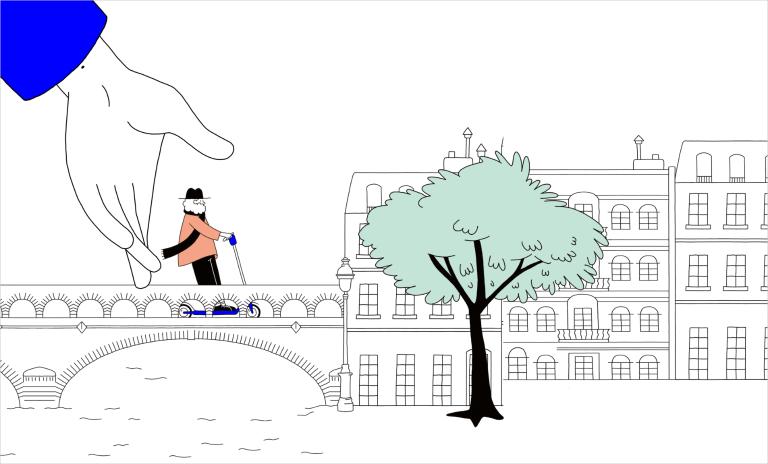
After the automobile had begun its inexorable rise as the preferred mode of transportation and cities succumbed to its dictates for more and ever-wider roads, ripping up and dissecting whole neighborhoods in the process, critical voices grew louder. The most famous proponent of a more livable urban realm was journalist and activist Jane Jacobs. Her 1961 book The Death and Life of Great American Cities became a global battle cry against car-driven urban renewal.
"Moreno's ideas resonate because isolation is a global phenomenon, and the car is an isolation-inducing technology."
Yet, humans love their cars and the freedom they afford to cover long distances fast. Many are reluctant to give them up, let alone have a wealthy professor tell them they should walk or bike. That's why the 15-minute city idea has also brought forth conspiracy-mongers from the UK to the US who decried Moreno's ideas as sinister government interference trying to confine them to their homes. "It's the same constituency as climate change deniers and anti-vaxxers," he says about the delusional pushback. "I am just one piece of a dark jigsaw puzzle that the far right has been constructing for several years."
Leaving the fringe aside, not all experts are convinced that Moreno's updated version of the quaint village green will work beyond a typical European metropolis like Paris, Milan or Barcelona. Many cities, particularly in the US, were constructed around freeways and a ring of self-contained suburbs. People may be able to reach all services and amenities in 15 minutes, somewhat true to his idea, but only if they hop in their cars and drive those 15 minutes. "Moreno's ideas resonate because isolation is a global phenomenon, and the car is an isolation-inducing technology with insatiable consumption of land," says Adie Tomer, a senior fellow with the Washington-based think tank Brookings Institution who studies infrastructure policy and urban economics. The reality for most Americans, though, is a far cry from this vision. When Tomer's team looked at the daily trips of residents in the 110 largest metro areas in the US, they found that just one-third live with a 15-minute bike ride to what he calls "activity centers." So they drive and drive and drive. According to Tomer's data, the average American traveled 64 km a day in 2019.
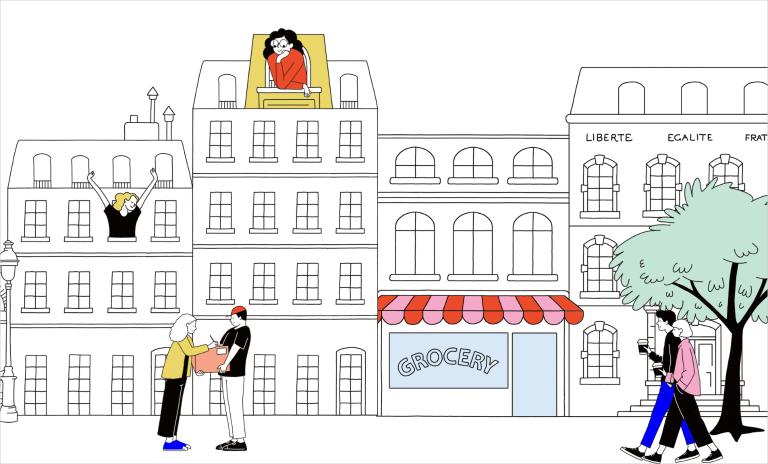
What's missing in most places is density, without which Moreno's idea won't work. Hence, we need to "build for proximity," Tomer suggests. "We need to replace the time measure, which is misleading, with distance traveled. Otherwise, people don't get it," he argues. Besides changing the label to appeal to a car culture like the US, he thinks that there is an opportunity for building differently compared with today's sprawl. "We are a society that's open to building over what's already been built, to modernize. We don't normally treat past construction as precious."
Other researchers point to another problem: Drawing tight circles around everyone's mobility can confine people to their existing neighborhoods and increase economic and social segregation, particularly for low-income residents. Harvard economist Edward Glaeser, for instance, has come out against Moreno's idea, calling it a "dead end" because "the basic concept of a 15-minute city is not really a city at all. It's an enclave – a ghetto – a subdivision." Cities will only thrive as "engines of opportunity" and lift up all citizens if their neighborhoods are connected, forcing rich and poor to mix, Glaeser wrote in an essay for the London School of Economics during the height of the pandemic.
The warning against papering over historic mistakes with cosmetic changes is echoed by other experts. Simply dropping in bike lanes or parklets and converting public buildings to mixed use might be en vogue and financially attainable for many mayors, but it will not address deep inequities that have been embedded in city planning for decades or generations. When Carlo Ratti, director of the MIT Senseable City Lab, analyzed the mobility data from 40 million US cellphone users, his team came to a stark conclusion: "The overwhelming majority of Americans have never experienced anything resembling a 15-minute city." In fact, only one in seven daily trips is to local amenities. Moreno's vision will only work, Ratti cautions, if it's "paired with strong investments in improving economic opportunity and reducing residential segregation." That's a tall order given the budget constraints many cities are facing, compounded by record levels of empty office space and storefronts.
Toying with the urban fabric creates at least one more challenge, as even Moreno admits: private investors swooping in to profit from gentrified neighborhoods. "This is the case in Paris today and in a lot of cities in the Nordic countries," he reflects. "We need to avoid giving the 15-minute city over to private interests, just for refurbishing a district without considering the general interest. The goal is to not do a copy-paste of what Paris did, but to develop local urban policies." And with that, he's packing up to catch an afternoon flight to Scotland, which has created a national planning framework for "20-minute territories."
As he leaves for yet another impassioned sales pitch, Moreno will hurry past a plaque commemorating that German polymath Alexander von Humboldt, who once lived at the very same address in Paris for 23 years. Humboldt laid the foundation for what came to be known as "biogeography," the study of how species are distributed through space and time while all being interconnected. Only in much larger dimensions than what lies at the heart of Moreno's work.
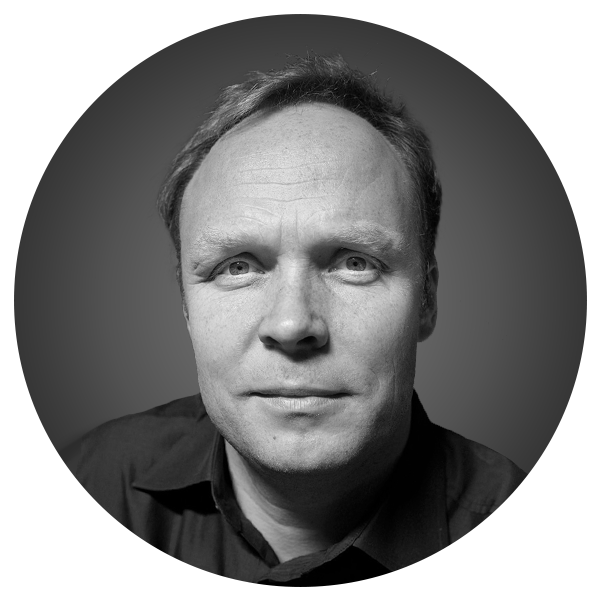
![{[downloads[language].preview]}](https://www.rolandberger.com/publications/publication_image/ta45_en_cover_download_preview.jpg)
The latest edition of Think:Act prepares us for innovation in 2025 and beyond while faced with constrained resources and uncertainty across the business landscape.
